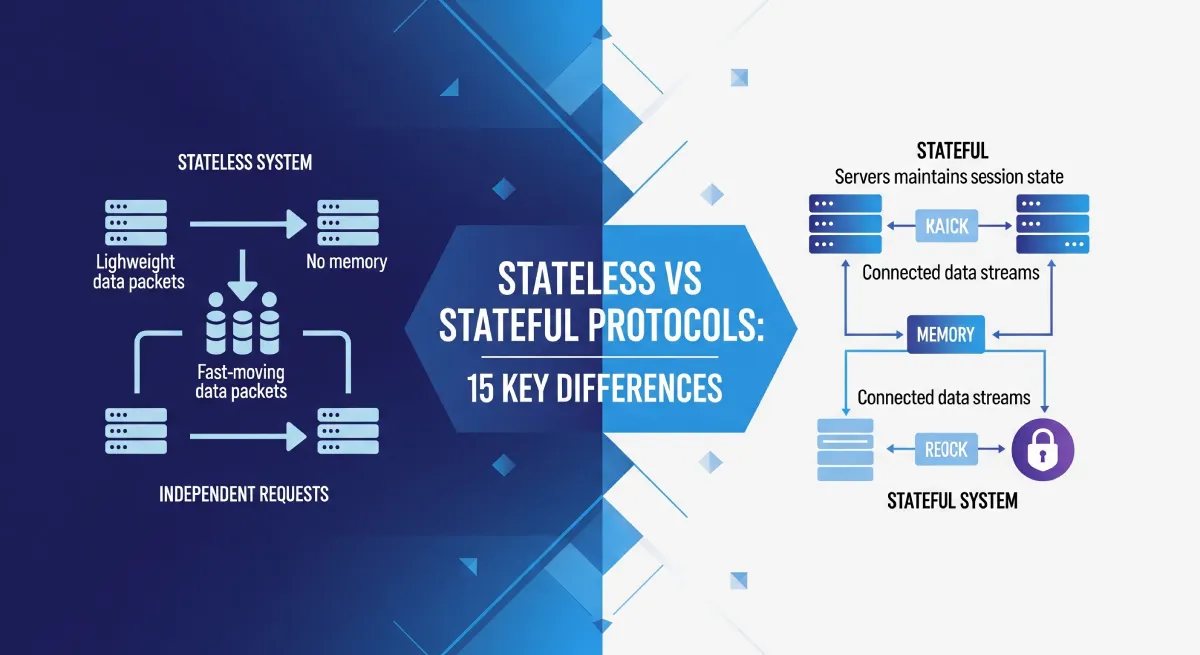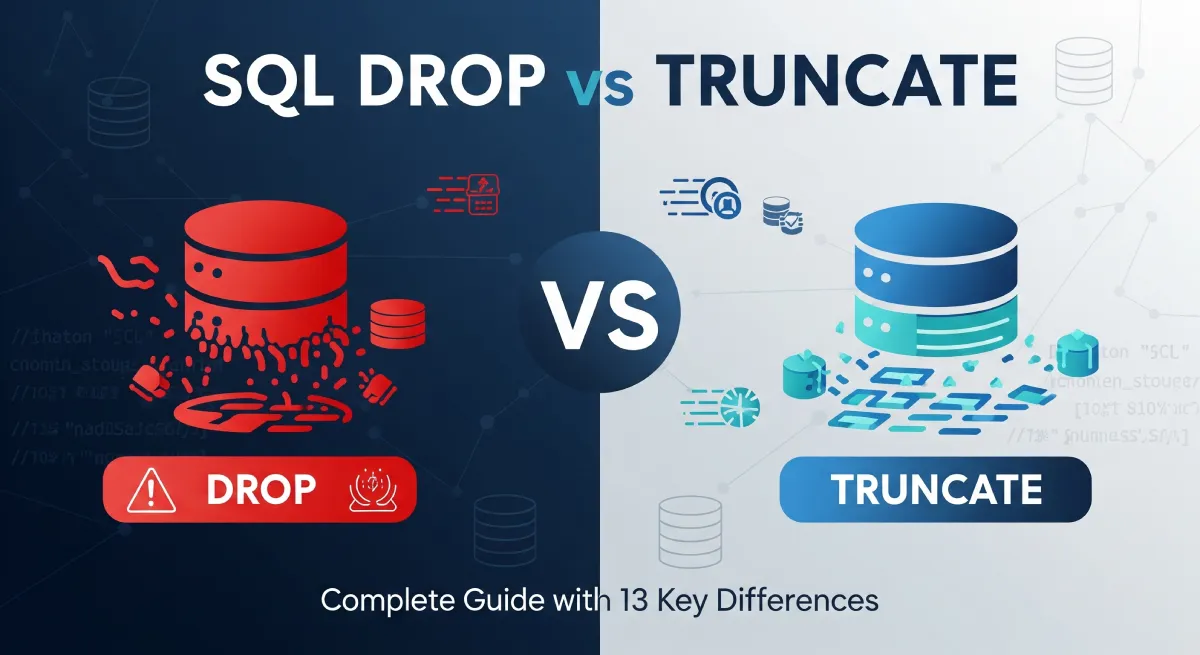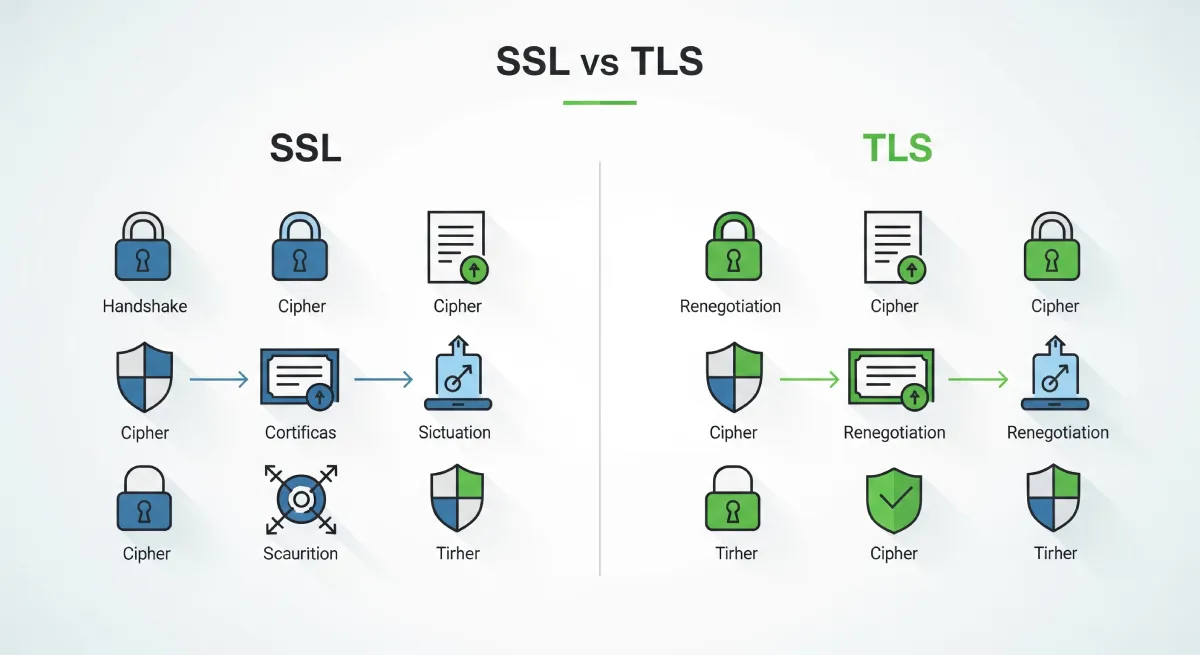In data warehousing, star vs. snowflake schema structures organize data efficiently. A star schema uses denormalized tables for faster queries, while a snowflake schema normalizes data to reduce redundancy. This guide explores their differences, structures, and impacts on query performance.

Star Schema
A star schema is a type of database schema commonly used in data warehousing. It consists of one or more fact tables referencing multiple dimension tables. The fact table contains the primary data, and the dimension tables store the descriptive attributes related to the data.
Example:
- Fact Table: Sales (containing sales data)
- Dimension Tables: Time (containing date information), Product (containing product details), Location (containing location details)
Advantages:
- Simple and intuitive design
- Fast query performance for star join queries
Disadvantages:
- Redundancy in data storage
- Can be less normalized compared to snowflake schema
Snowflake Schema
A snowflake schema is an extension of the star schema where dimension tables are normalized into multiple related tables. This normalization reduces data redundancy and improves data integrity.
Example:
- Fact Table: Sales (containing sales data)
- Dimension Tables: Time (normalized into Date and Time tables), Product (normalized into Product Details and Product Category tables), Location (as a separate table)
Advantages:
- Normalized data reduces storage space
- Better data integrity due to normalization
Disadvantages:
- Complexity in query optimization due to multiple joins
- Query performance can be slower than star schema for certain queries
Technical Characteristics
- Star Schema: Denormalized structure with fewer tables and simpler joins
- Snowflake Schema: Normalized structure with multiple related tables requiring more complex joins
Use Cases and Applications
Star Schema: Ideal for scenarios where query performance is critical and data redundancy is not a major concern. Commonly used in data warehousing environments for reporting and analysis.
Snowflake Schema: Suitable for large-scale data warehouses where data integrity and storage efficiency are top priorities. Beneficial when dealing with complex data relationships and varied query requirements.
Key Differences between Star vs Snowflake Schema
Star Schema | Snowflake Schema |
|---|---|
| Denormalization | Normalizes dimension tables |
| Single table for each dimension | Dimension tables are normalized into multiple related tables |
| Simple to understand and query | Complex joins may be required for querying |
| Less normalized | More normalized |
| Redundant data may be present | Reduces redundancy through normalization |
| Optimized for performance on star queries (like aggregations) | Optimized for storage efficiency and reduces data redundancy |
| Works well for simpler, less complex data models | Ideal for more complex and normalized data models |
| Easier to load data into | May require more effort to load due to normalization |
| Less joins needed for querying | More joins required for complex queries |
| May result in larger disk space usage | Can be more storage-efficient |
| Star schema may perform better for read-heavy workloads | Snowflake schema may perform better for write-heavy workloads |
| More suitable for OLAP (Online Analytical Processing) | Preferred for OLTP (Online Transaction Processing) systems |
| May lead to denormalization for performance tuning | Normalization may enhance data integrity and save storage space |
| Generally easier for reporting and analytics | Can be more complex to understand for reporting purposes |
Practical Implementation
When implementing a star schema, you typically have a central fact table surrounded by dimension tables. In contrast, a snowflake schema further normalizes dimension tables by breaking them into smaller tables with shared attributes.
Working code snippets
CREATE TABLE fact_sales (
sale_id INT PRIMARY KEY,
product_id INT,
customer_id INT,
sale_amount DECIMAL,
sale_date DATE
);
CREATE TABLE dim_product (
product_id INT PRIMARY KEY,
product_name VARCHAR(50),
category_id INT
);
CREATE TABLE dim_customer (
customer_id INT PRIMARY KEY,
customer_name VARCHAR(50),
city VARCHAR(50)
);
Step-by-step implementation guide
1. Star Schema:
- Create the central fact table with primary key and foreign keys referencing dimension tables.
- Create dimension tables with attributes related to products, customers, etc.
2. Snowflake Schema:
- Normalize dimension tables by breaking them into smaller tables with shared attributes.
- Link the normalized tables through primary and foreign key relationships.
Best practices and optimization tips
- Star Schema: Suitable for simpler queries and faster aggregations.
- Snowflake Schema: Offers better space efficiency due to normalization but may require more complex queries.
- Optimize query performance by indexing key columns in both schema types.
Common pitfalls and solutions
- Pitfall: Denormalization in a snowflake schema can lead to redundant joins and slower query performance.
- Solution: Choose schema design based on query patterns and performance requirements.
Frequently Asked Questions
What is a Star Schema and how does it differ from a Snowflake Schema?
A Star Schema is a data warehouse schema where a central fact table is connected to multiple dimension tables through primary-foreign key relationships. In contrast, a Snowflake Schema is a more normalized form of the Star Schema where dimension tables are further normalized into sub-dimension tables.
Which schema is more suitable for query performance: Star or Snowflake?
The Star Schema generally provides better query performance compared to the Snowflake Schema. This is because Star Schema denormalizes data, reducing the number of joins required for queries, which can enhance performance. Snowflake Schema, on the other hand, involves more joins due to the normalization of data, potentially impacting performance.
How do Star and Snowflake Schemas differ in terms of maintenance and manageability?
Star Schemas are typically easier to maintain and manage than Snowflake Schemas. The denormalized structure of Star Schema simplifies querying and maintenance tasks as compared to the more complex normalized structure of Snowflake Schema that requires managing multiple levels of normalization.
When should I choose a Star Schema over a Snowflake Schema?
You may choose a Star Schema when your focus is on query performance and simplicity of design. Star Schemas are suitable for scenarios where fast query responses are critical and where data complexity does not require extensive normalization. Snowflake Schemas, on the other hand, are preferred when data integrity and space optimization are primary concerns.
Can a hybrid schema combining elements of Star and Snowflake Schemas be beneficial?
Yes, a hybrid schema that combines elements of both Star and Snowflake Schemas can be beneficial in certain situations. This approach allows for a balance between performance optimization through denormalization (as in Star Schema) and data integrity and space efficiency through normalization (as in Snowflake Schema), offering a tailored solution to specific business requirements.
Conclusion
In conclusion, understanding the distinctions between Star and Snowflake schemas is vital for designing efficient data warehouse architectures. The key differences lie in their structure and normalization levels, with Star schemas being denormalized and Snowflake schemas being normalized. When deciding between the two, consider factors such as query performance, storage efficiency, ease of maintenance, and scalability.
For simpler data models with fewer dimensions and where query performance is crucial, the Star schema may be more suitable due to its simplicity and denormalized structure. On the other hand, complex data models with many dimensions and a focus on data integrity may benefit from the normalized structure of the Snowflake schema.
Ultimately, the decision should be based on the specific requirements of the project, balancing trade-offs between query performance and storage efficiency. Regularly evaluate and reassess the schema design based on evolving business needs and technological advancements to ensure optimal performance and scalability in the long run.



